hio3791
Well-Known Member
Anyone has the StillDragon DIY Controller kit and wouldn't mind posting some pics?
I'd like to hear your thoughts, good and bad. I'd also like to know more about the SSR in the kit. The website says SSR but wouldn't it be an SSVR in order to regulate the power with a potentiometer? And is it a 40 amp SSVR (or SSR)?
I am really close to switching to electric brewing. I brew in the garage and it so happens, it's where the service panel resides. Putting in a 30 amp gfci breaker and running a line should be fairly easy.
I think the StillDragon controller meets my needs but I may make some minor modifications to it. I'd like to add a switch so I can cut the power (like an eStop) and it would also be nice to put a light after the switch so that I can visually verify the element is powered. Should be easy to wire everything as long as I get a switch and light rated for 240V / 30A.
Would be nice to add an outlet for my pump but that would add complexity. I already have a gfci circuit in my garage that I connect the pump to so I really don't need to add a 120V outlet to the controller. But I haven't made my mind on that addition yet.
Sorry for the long winded post. I would like to get feedback on this controller.
I'd like to hear your thoughts, good and bad. I'd also like to know more about the SSR in the kit. The website says SSR but wouldn't it be an SSVR in order to regulate the power with a potentiometer? And is it a 40 amp SSVR (or SSR)?
I am really close to switching to electric brewing. I brew in the garage and it so happens, it's where the service panel resides. Putting in a 30 amp gfci breaker and running a line should be fairly easy.
I think the StillDragon controller meets my needs but I may make some minor modifications to it. I'd like to add a switch so I can cut the power (like an eStop) and it would also be nice to put a light after the switch so that I can visually verify the element is powered. Should be easy to wire everything as long as I get a switch and light rated for 240V / 30A.
Would be nice to add an outlet for my pump but that would add complexity. I already have a gfci circuit in my garage that I connect the pump to so I really don't need to add a 120V outlet to the controller. But I haven't made my mind on that addition yet.
Sorry for the long winded post. I would like to get feedback on this controller.


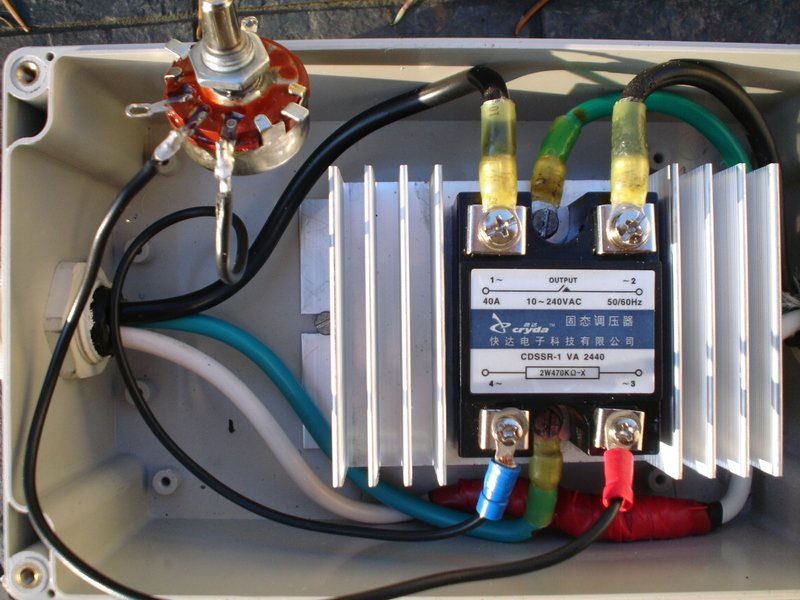
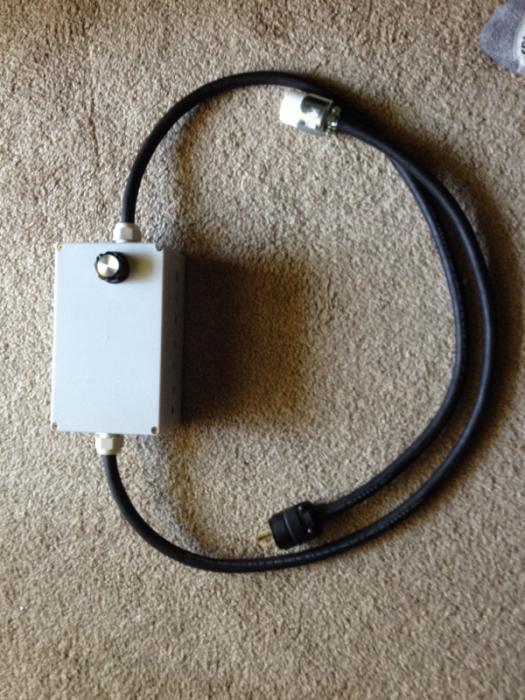
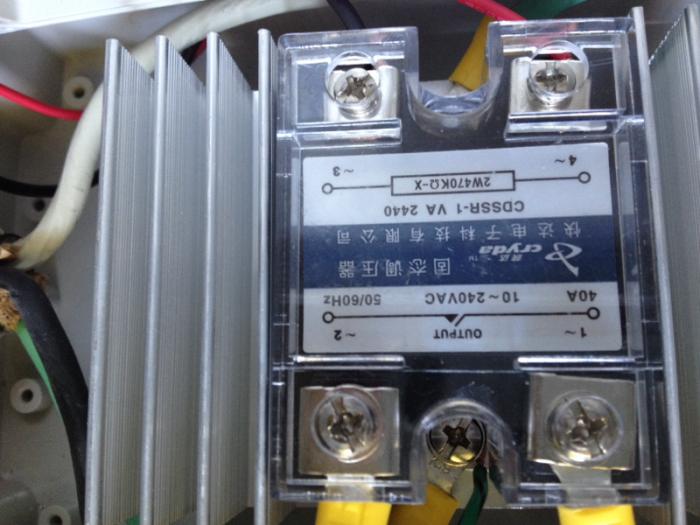
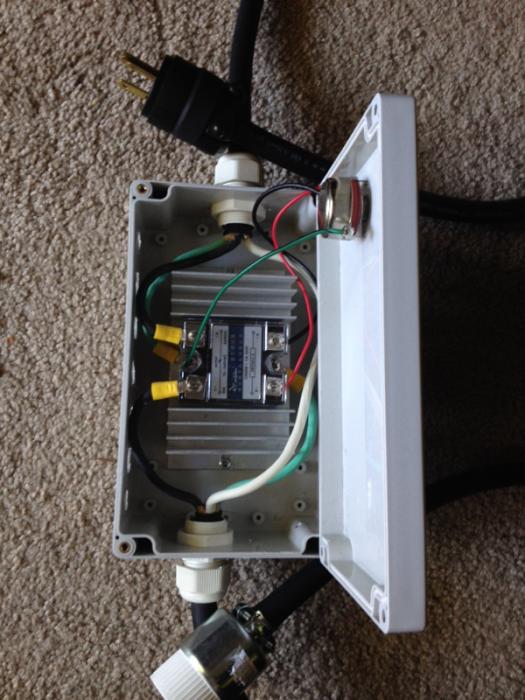
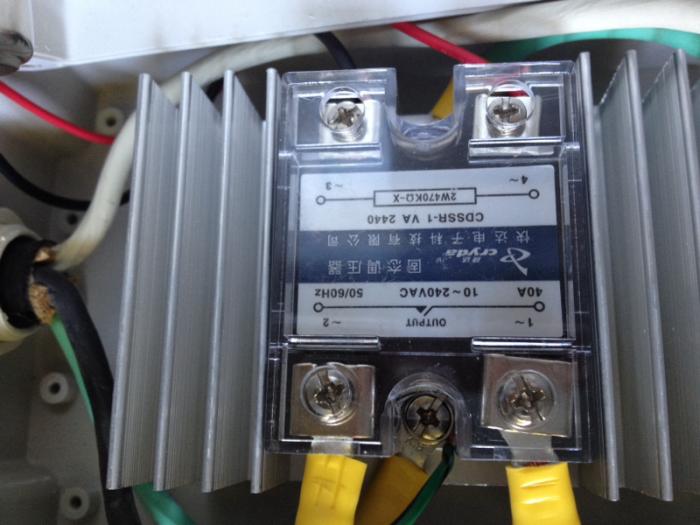
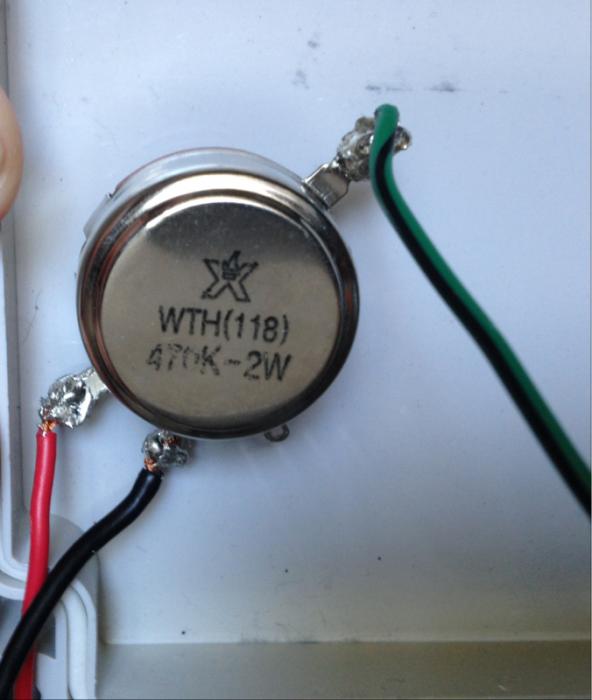





 be careful what you suggest... I seen a naive kid flush his engine out with hot water and run it till it seized because another forum member told him it was the best way to remove engine sludge...
be careful what you suggest... I seen a naive kid flush his engine out with hot water and run it till it seized because another forum member told him it was the best way to remove engine sludge...